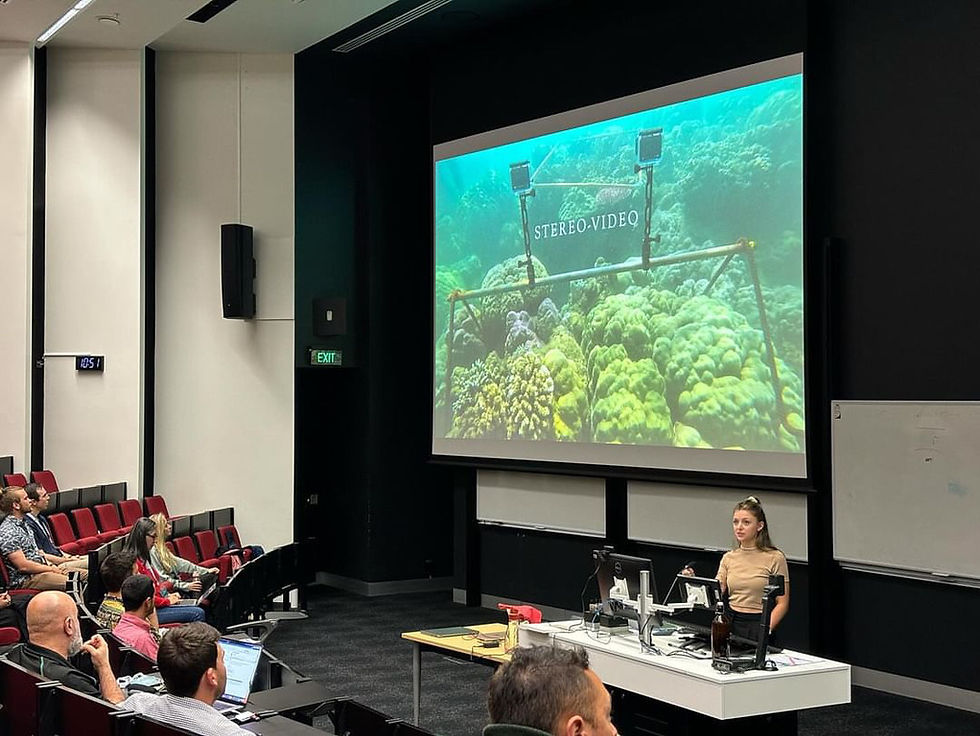Step One: The Solomon Islands
- Armagan Sabetian
- Mar 10, 2023
- 1 min read
The first step of our research was, of course, collecting the data. We did this in two parts. The first part began on the 2nd of December, when half of the team set off for the Solomon Islands. Armagan, Graham, Dan, and Grace, took the multi-stop journey from Auckland, to Brisbane, to Honiara, to Gizo, and fianlly, to Vavanga over the course of an entire day.

Once they had arrived, the team had a couple of weeks to collect all of their geospatial data before heading back to Tāmaki Makaurau Auckland. Armagan would be staying there over the Christmas period, before the next team arrived on New Years Eve - Julian, Emily, and, for moral support and assistance in the field, we can't forget Emily's fiancé Ned. This second team had three weeks to collect their underwater, stereo-video data.

It's safe to say that, while spending weeks in a marine biologists dream destination, diving on coral reefs daily, it was the people of Vavanga who made this experience so memorable. As a research team, we hope that our results will be used by the community to better their understanding of this valuable resource.

And with that being said, it's time to begin our analysis! We hope to update you throughout this process so expect to hear from us soon.




Comments